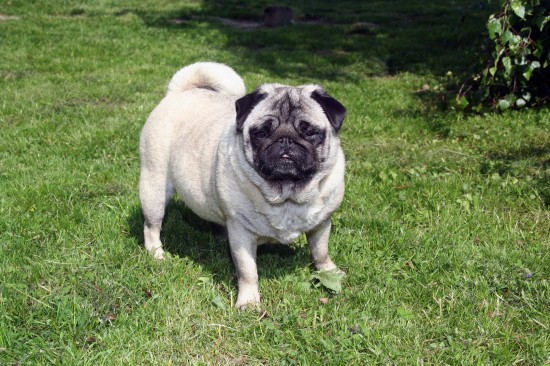
A very important part of setting up an aquarium is the so called cycling process. This process is unfortunately neglected by many aquarists who simply fill their aquarium with water, perhaps some water treatment, let the water stay for 24 hours and then rapidly scoop down their fish into their new home.
By setting some time aside to proper cycling, your aquarium will be much easier to maintain, since the cycling process aim to produce a thriving population of beneficial bacteria that will convert harmful waste products into less dangerous compounds. You need two types of beneficial bacteria in your aquarium. The first type converts ammonia into nitrite, while the other type converts nitrite into nitrate. Ammonia will be produce by the metabolism of your fish and extracted from the gills and in fish poo. High levels of ammonia are dangerous to fish, but fortunately enough there exist a group of bacteria that can convert ammonia into nitrite. Nitrite is actually even more toxic than ammonia, but the second group of bacteria will turn the nitrite into nitrate, which is much less toxic. The nitrate can then be removed by regular water changes.
The beneficial bacteria will of course need to be introduced to the aquarium, and this can be made by simply adding one or two sturdy fishes from species that cope well even with high levels of soluble waste. Their waste products will contain live bacteria than can start to colonies suitable homes in the aquarium, such as sponge filters and gravel. If you want to jump start the process, you can purchase a bacterial solution from the fish store that contains the right type of nitrifying bacteria. You can also use gravel or sponge from an already established aquarium when you set up a new one, but you should keep in mind that this can introduce benevolent bacteria as well.
When you purchase a bacterial culture form the fish store, you should always carefully read the label and avoid getting nitrobacter bacteria. Earlier, nitrobacter bacteria was believed to be very powerful converters of nitrite to nitrate, but scientific studies have now showed that nitrospira bacteria are much stronger converters. Some fish stores still sell nitrobacter bacteria, even though nitrospira bacteria are a better choice.
Another method of cycling the aquarium is the so called "fishless cycle". This cycling method is much less frequently used compared to the one that uses cycling fish, but it has grown increasingly popular during the last few years. During fishless cycling, you will add small amounts of pure ammonia to the water together with nitrifying bacteria and wait for them to form large colonies. You will need a test kit to measure the amounts of ammonia, nitrite and nitrate. Investing in a test kit is however a good idea even if you use fish to cycle your aquarium.
A third cycling method uses plants and is commonly referred to as "silent cycling". This method requires a densely planted aquarium with thriving plants. You should therefore avoid sensitive, demanding and slow growing plant species. During the silent cycling, the plants will consume nitrogenous compounds and use them as nutrition. Aquarists fond of this method like it since it does not produce the ammonia and nitrate spikes that are common during other forms of cycling. You should keep in mind that when plants absorb nitrogenous compounds they incorporate them leaves and stems. If the plant, or a part of the plant, dies and starts to decay, the compounds will therefore be re-released into the water. Pruning the aquatic plants and removing any dead parts are therefore important.
 Tips For Feeding Overweight Dogs
Tips For Feeding
Tips For Feeding Overweight Dogs
Tips For Feeding
 How Often Do You Need to Replace Your Cat Litter with New One?
How Often Do You Need to Replace Your Cat Litter with New
How Often Do You Need to Replace Your Cat Litter with New One?
How Often Do You Need to Replace Your Cat Litter with New
 What Is Canine Megaesophagus?
What Is Canine Me
What Is Canine Megaesophagus?
What Is Canine Me
 Canine Endocarditis - What Is It?
Canine Endocardit
Canine Endocarditis - What Is It?
Canine Endocardit
 What Is The Heavy Horse ?
What Is The Heavy
What Is The Heavy Horse ?
What Is The Heavy
Copyright © 2005-2016 Pet Information All Rights Reserved
Contact us: www162date@outlook.com